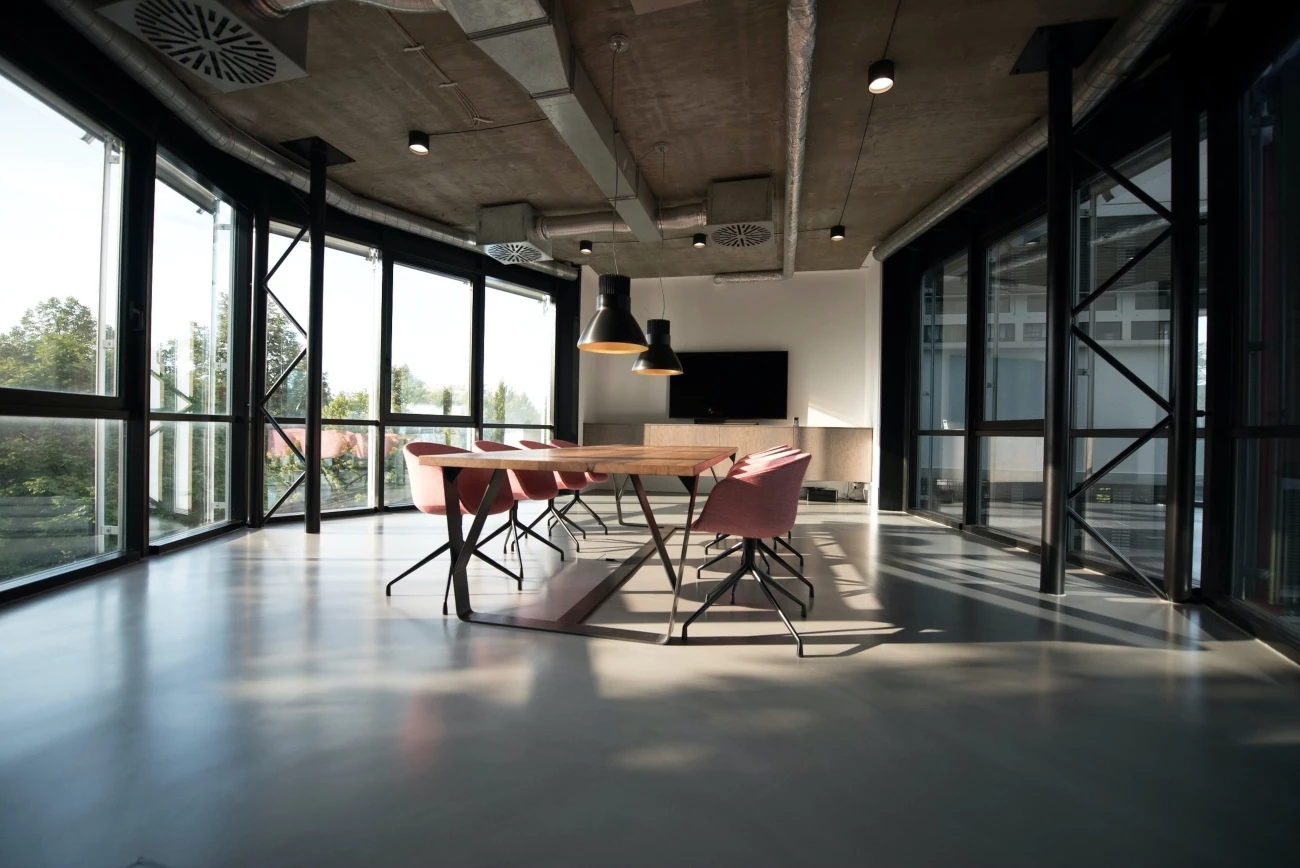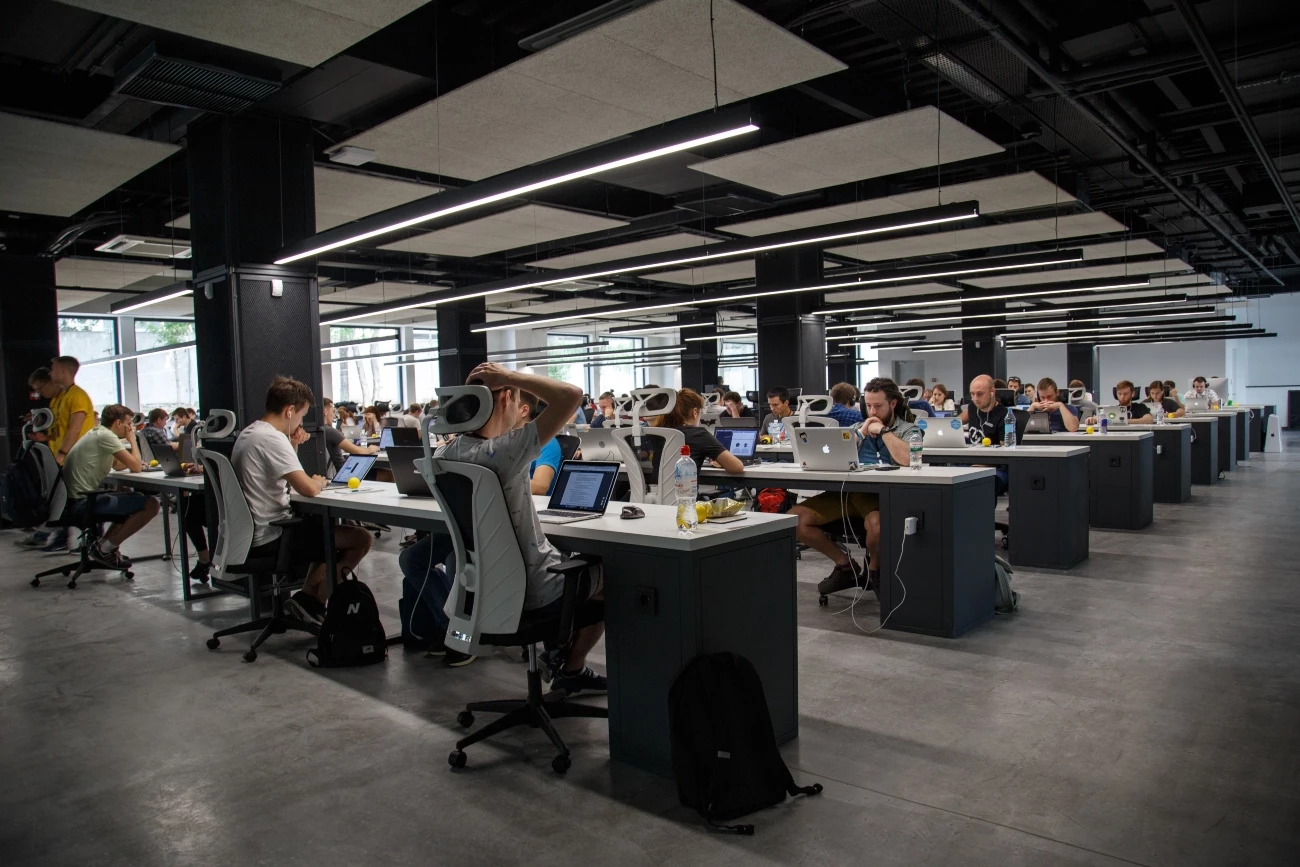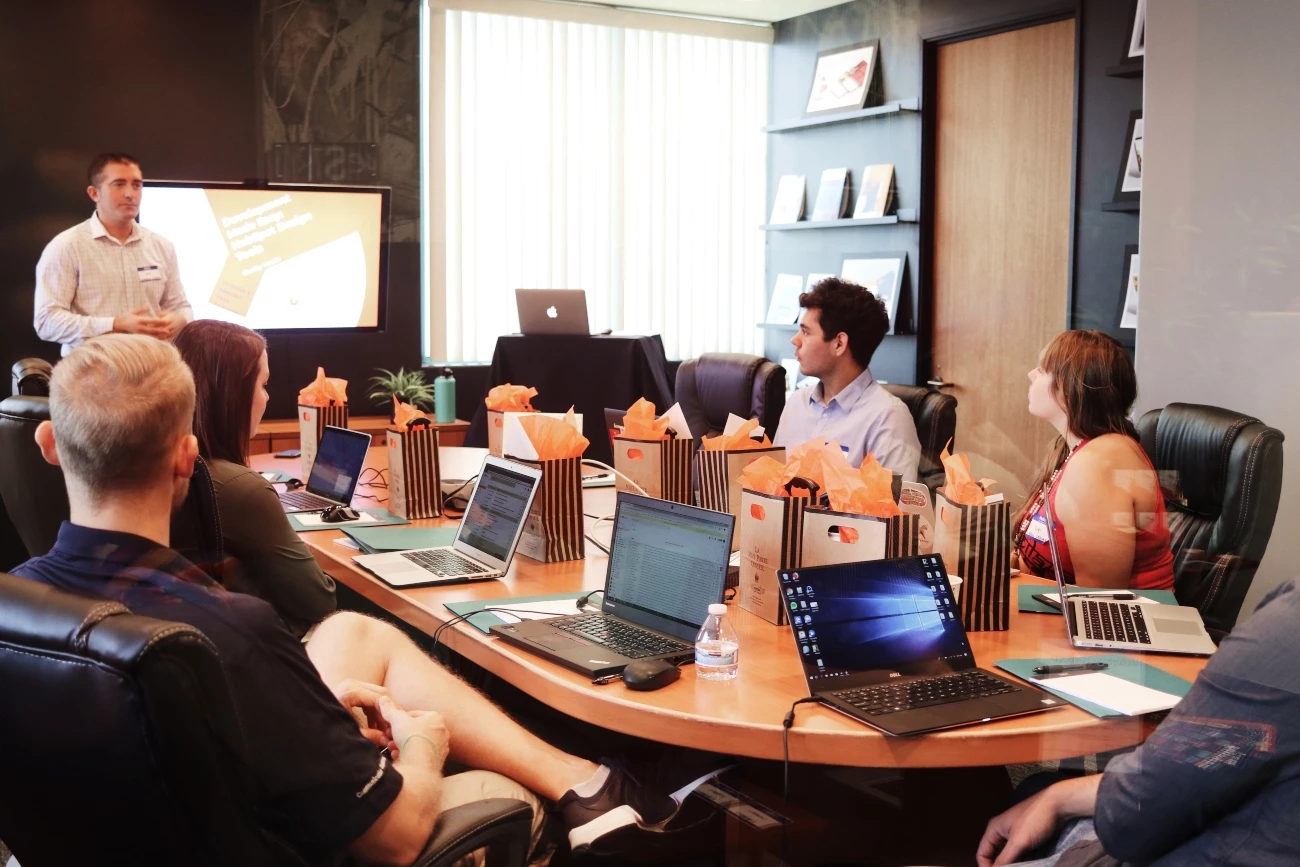06/10/2021 | Category: Commercial Insurance

As businesses all over the UK prepare to welcome staff back to their offices, how can you keep your employees and your workplace safe?
There is a huge amount to think about, not least how the change will impact your risk profile and commercial office insurance needs. Let’s take a look at 10 key questions that business owners should ask themselves ahead of any full office return.
1 Do you have a hybrid working plan in place?
The government’s advice to work from home was dropped on 19th July 2021, with the decision about where staff do their jobs left to employers’ discretion.
Since then, many businesses have adopted a hybrid approach to working. As a result, home working looks set to continue in some capacity for the foreseeable future. The government will certainly be keen to avoid another U-turn on its working from home advice (as seen last summer when the returning to offices was followed by a sharp rise in case numbers).
According to the government’s Covid-19 Autumn and Winter Plan, working from home remains one of the most effective ways of keeping case numbers down. The prime minister has confirmed that the advice to work from home is part of the government’s ‘plan B’ – a range of light touch measures that will be introduced if the NHS is at risk of being overwhelmed.
It’s hard to predict whether offices will remain open as we move into the autumn and winter months. The best advice is to keep up to date with the latest government guidance, proceed with caution and have a plan in place for a return to remote working, if required at short notice.
2 Do you want to return to the old normal?
Many employees have become used to remote working and businesses have worked hard to make sure employees have what they need to work effectively at home. Employers may find that many staff members feel reluctant to return to daily commutes and five-day weeks in the office.
Some employees welcome the routine of being back in the office, but others will be concerned about how it will work with limited numbers in the office on any given day.
According to research by the Chartered Management Institute, more than four-fifths of managers with staff still working from home in July said that ‘at least’ some would be asked to return to the workplace in September.
Meanwhile, a recent YouGov survey has revealed that 79% of senior business leaders and 70% of the general public do not believe employees will return to the office full-time post-pandemic.
People who never worked from home before the pandemic have been persuaded that it is a good way to work – 91% of those who never worked from home before want to spend at least part of their working hours at home. While 27% of office workers would accept a pay cut for permanent home-working.
A staff survey will help you find the right balance of home and office working – and set a path for your new normal.
3 Have you considered how home-working impacts mental health?
A survey by the Royal Society for Public Health found that the majority of people who began working from home during the pandemic say the practice has had a negative impact on their mental health. More than half (56%) of those who started remote working in the pandemic said they found it harder to switch off after work, while 38% said they experienced disturbed sleep.
Workers said that remote working made them feel less connected to their colleagues. The issues were worse where workers lacked a desk space within the home – one in four (26%) of remote workers do so from a sofa or bedroom, with only 15% working at a desk.
People living in shared accommodation reported the worst impact on health and wellbeing, while women experienced more isolation and musculoskeletal problems than men.
Employers have not been stepping up to the challenge of supporting workers with mental health issues. Only 34% of respondents said their employer offered mental health support.
Some of your workers may have gone through bereavement during lockdown or experienced the serious illness of someone close to them, often unable to visit the sick person or attend a funeral. It is important to remember that along with the discussion of lockdown hobbies and boredom, some workers will have had much more harrowing experiences.
4 How will home working impact recruitment?
Some companies are opting to embrace remote working as their default mode, allowing employees to work from home indefinitely. Tech giants such as Twitter, Facebook, Google and Spotify have all taken this approach.
If you feel your business is ready to follow suit, it could have a huge impact on your next recruitment drive. But be aware other companies may be thinking along the same lines.
For example, your next vacancy could attract applicants from people across the country, or even overseas. This opens up the talent pool for your opportunities, but it also means your employees could start looking elsewhere, too – competition for the best candidates could be thrown open to a much larger field. This makes it all the more important to be sensitive and responsive to employee needs in order to retain your best workers.
5 How do you ensure workplace safety?
The pandemic is not over. Restrictions may have been lifted in July and August, but risk management measures still need to be in place for employees returning to work.
Although social distancing guidance no longer applies, employers should take steps to reduce the number of people their staff members come into contact with. This could mean creating ‘fixed teams’ or ‘cohorts’, using screens or barriers between desks, switching to back-to-back working (rather than face-to-face), or ditching hot desks for assigned workstations.
Businesses are being encouraged to turn away employees who have Covid symptoms – not easy as we move into the colder months and more coughs and colds start flying around. At the time of writing, it remains an offence to let someone who is self-isolating enter the workplace.
A full risk assessment is required before offices can open, both to address Covid-related issues and to manage any factors arising from the premises being closed for an extended period.
You should consider issues such as hygiene and handwashing, routine cleaning, and caring for vulnerable workers in your assessment. More emphasis was placed on office ventilation and air conditioning in the latest government guidance, so this should also be a focus for you.
It is important that you understand what health and safety obligations apply within the terms and conditions of your commercial policy.
6 How can you best support employees?
One of the most important ways you can support workers is by being clear and open with them. There should be regular communication about the process for re-opening the workplace, steps you are taking to manage risk as staff return, and what they can do if they need additional support.
If you are continuing to allow remote working while some employees return to the office, you should have a system in place to ensure that all workers are as productive and engaged as possible. You might need to make greater use of online collaborative working tools, or find different ways to manage projects.
Setting expectations of what you want employees to achieve should be part of your overall strategy, helping to ensure that work is shared evenly between those working at home and those in the office. This should include responsibility for routine tasks but also ways of sharing opportunities for growth, advancement and development.
Teething problems are to be expected. For example, productivity may be reduced temporarily as everyone learns how to carry out their jobs under different circumstances. This is particularly important where employees are grieving or have had especially difficult experiences during the pandemic, for example financial difficulties because a family member was unable to work.
7 Have you considered the diverse needs of your workforce?
The pandemic has had a negative impact on diversity and inclusion in the workplace. The closure of schools and childcare meant an increased burden of caring responsibilities within the home, with women taking up this additional work more than men.
One third of UK mothers say they lost work or had to cut hours during the pandemic due to a lack of childcare. Many are worried about the impact on their career prospects. For Black, Asian and minority ethnic (BAME) mothers the problem was worse; almost half (44%) reported cutting their hours.
The pandemic has also had a disproportionately negative impact on LGBTQ+ workers, who say they feel increasingly isolated from colleagues and fear that career progress could be impeded as a result.
People from poorer backgrounds, which includes many people in the BAME community, have also experienced additional hardship in the pandemic due to cramped living conditions. Communities living in densely-populated areas and smaller homes will have had very different experiences to colleagues with large homes and surrounding countryside.
The good news is that many employers are thinking about diversity. Almost two thirds (65%) told a CIPD survey that inclusion was a high priority for them, compared to 37% before the pandemic. More than two thirds (77%) now put employee health and wellbeing in their top three priority issues.
Your managers might need additional support from HR to enable them to address inclusion and diversity issues as workers return to the workplace, or if they begin to manage hybrid home-working/office-working teams.
8 Do you have a disaster plan in place?
In the post-pandemic world, you want your business to be resilient, confident and forward-looking. Now is a good time to capture some of the lessons you have learned so you are ready for any future crisis that might come your way.
For instance, you might want to look at your disaster plan in the event that your workplace has to be closed at short notice in future. Aside from the Covid threat, what if flooding meant that you had to temporarily leave your offices? What if there was a fire? Or a visitor was injured? Could your current commercial insurance policy cope with those kinds of risks? If you haven’t updated your policy for several years, now is the time to check if it still meets your current needs.
9 How will the return to the workplace impact your commercial insurance?
Be sure not to overlook how the transition from home working to office working will impact your workplace insurance needs. You might need to adjust your policy if you are bringing equipment such as laptops back into the office environment or if you have a reduced workforce on your premises.
Operating on a hybrid blend of remote working and office working also needs careful consideration from a commercial insurance point of view. There should be written policies covering things such as storing business equipment, health and safety expectations and data confidentiality.
You should be absolutely clear about what items are covered on your insurance and what is excluded. If your employees are using a laptop to work from home, you should understand which policy would cover it in the event of a burglary, and what the ramifications could be for your data security.
Call the specialists at Insurance Choice for a commercial insurance quote today.
Policy benefits, features and discounts offered may very between insurance schemes or cover selected and are subject to underwriting criteria. Information contained within this article is accurate at the time of publishing but may be subject to change.
